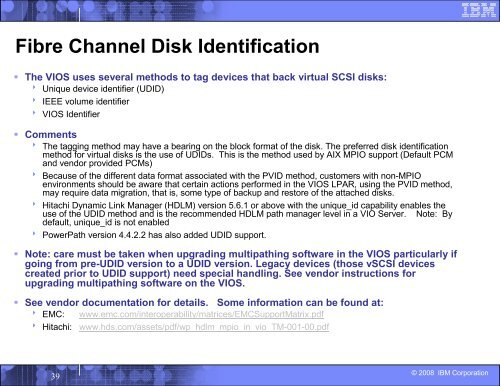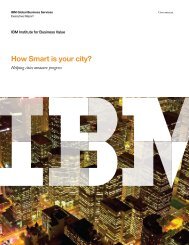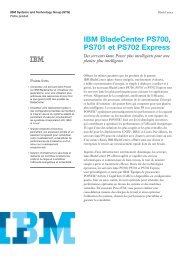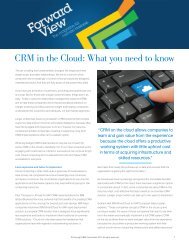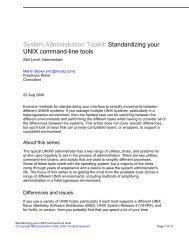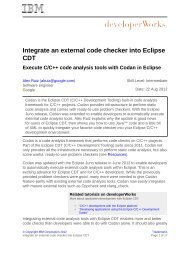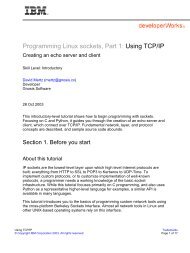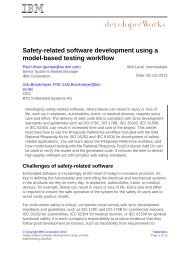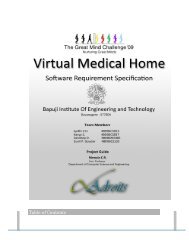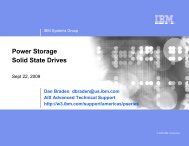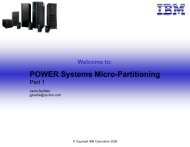VIOS “best practices” - IBM
VIOS “best practices” - IBM
VIOS “best practices” - IBM
You also want an ePaper? Increase the reach of your titles
YUMPU automatically turns print PDFs into web optimized ePapers that Google loves.
Fibre Channel Disk Identification<br />
� The <strong>VIOS</strong> uses several methods to tag devices that back virtual SCSI disks:<br />
� Unique device identifier (UDID)<br />
� IEEE volume identifier<br />
� <strong>VIOS</strong> Identifier<br />
� Comments<br />
� The tagging method may have a bearing on the block format of the disk. The preferred disk identification<br />
method for virtual disks is the use of UDIDs. This is the method used by AIX MPIO support (Default PCM<br />
and vendor provided PCMs)<br />
� Because of the different data format associated with the PVID method, customers with non-MPIO<br />
environments should be aware that certain actions performed in the <strong>VIOS</strong> LPAR, using the PVID method,<br />
may require data migration, that is, some type of backup and restore of the attached disks.<br />
� Hitachi Dynamic Link Manager (HDLM) version 5.6.1 or above with the unique_id capability enables the<br />
use of the UDID method and is the recommended HDLM path manager level in a VIO Server. Note: By<br />
default, unique_id is not enabled<br />
� PowerPath version 4.4.2.2 has also added UDID support.<br />
� Note: care must be taken when upgrading multipathing software in the <strong>VIOS</strong> particularly if<br />
going from pre-UDID version to a UDID version. Legacy devices (those vSCSI devices<br />
created prior to UDID support) need special handling. See vendor instructions for<br />
upgrading multipathing software on the <strong>VIOS</strong>.<br />
� See vendor documentation for details. Some information can be found at:<br />
� EMC: www.emc.com/interoperability/matrices/EMCSupportMatrix.pdf<br />
� Hitachi: www.hds.com/assets/pdf/wp_hdlm_mpio_in_vio_TM-001-00.pdf<br />
39<br />
© 2008 <strong>IBM</strong> Corporation


